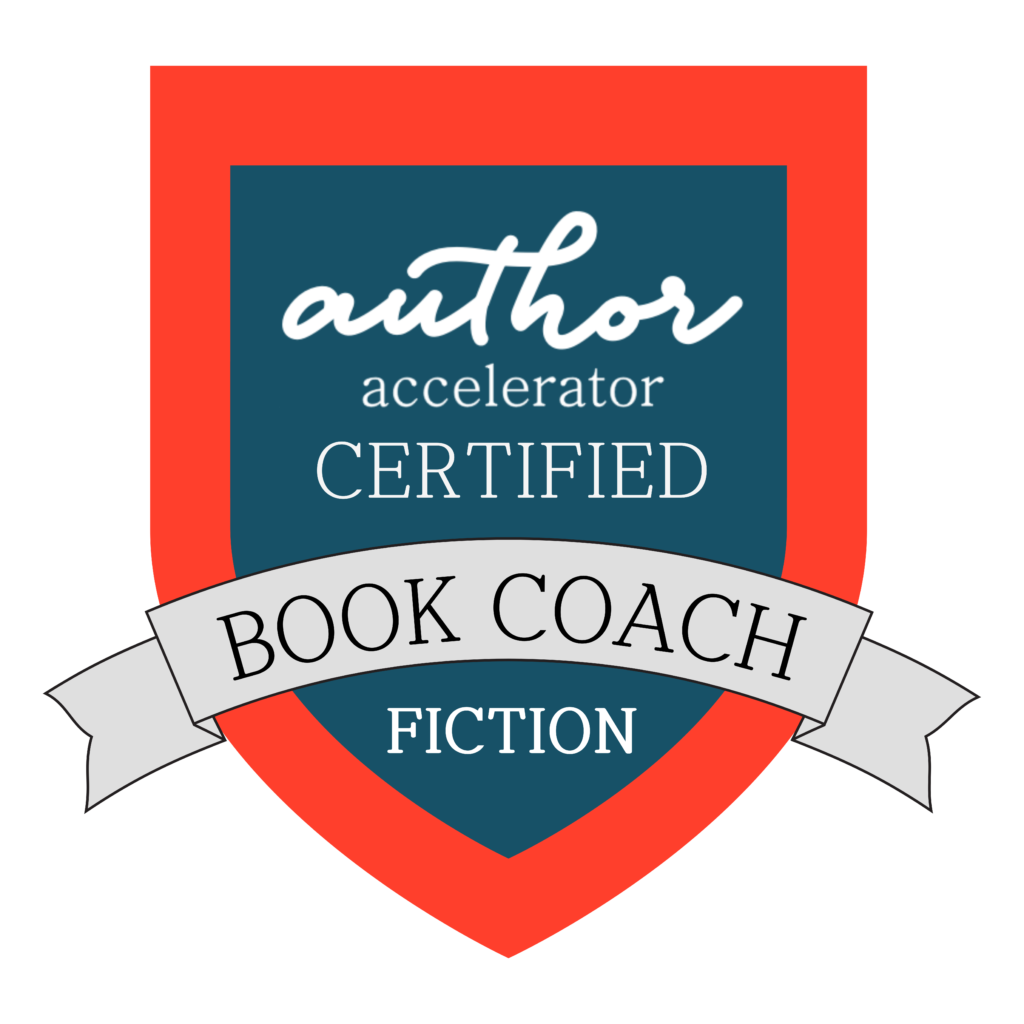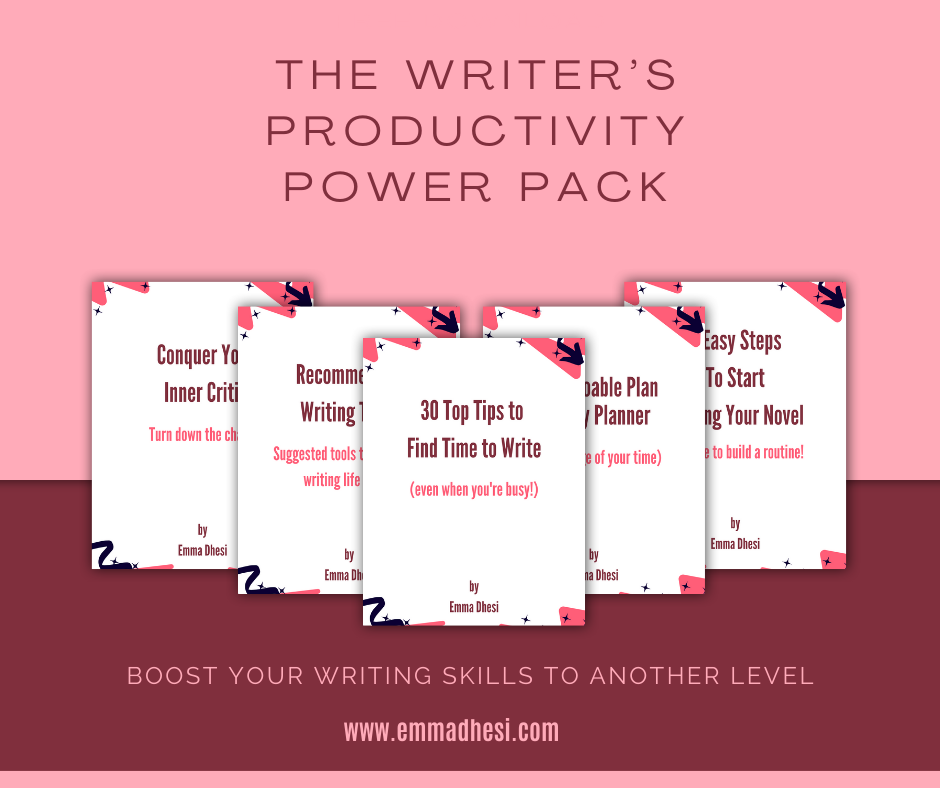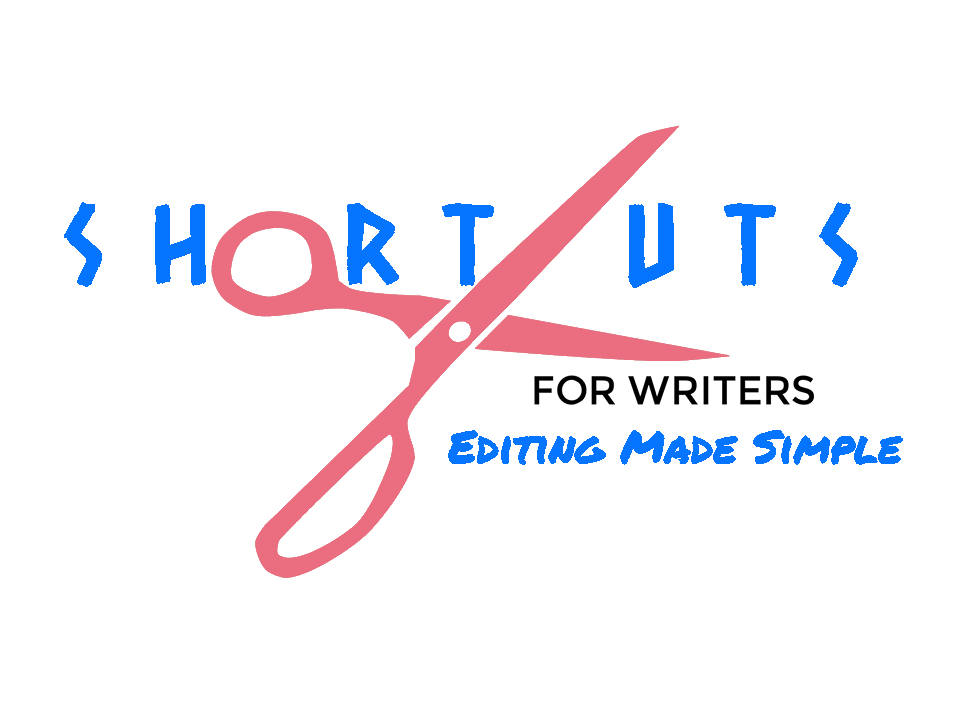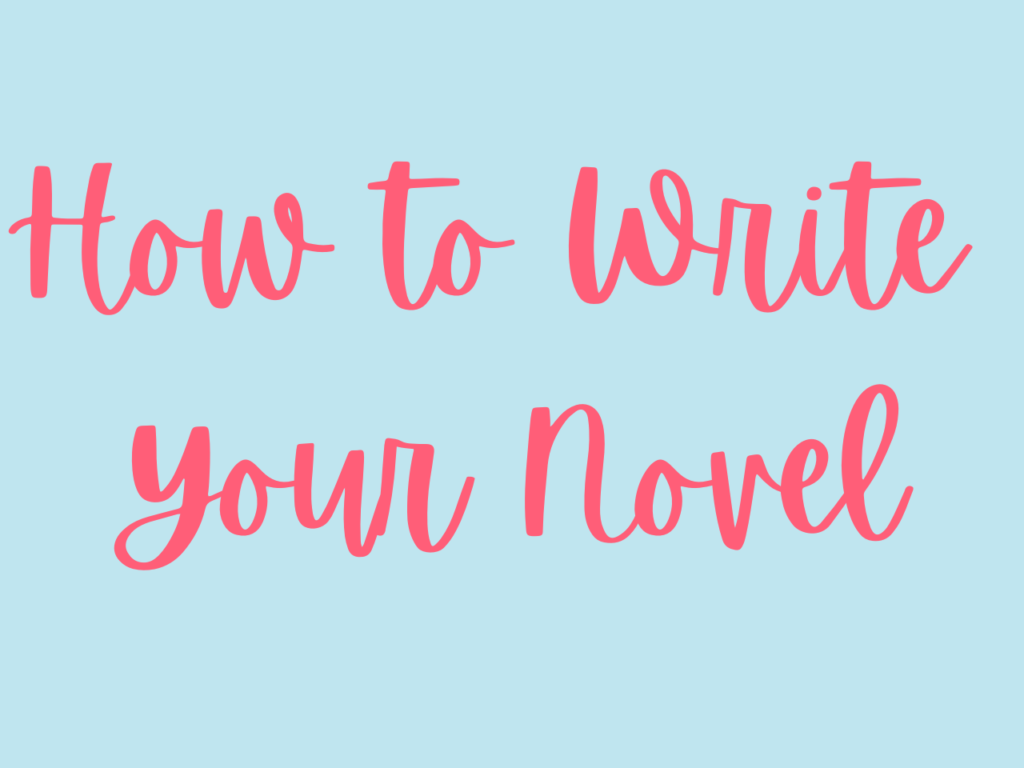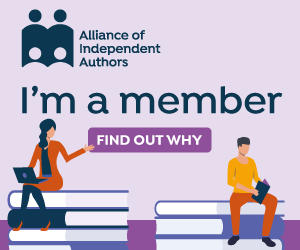What is Point Of View?
Essentially, Point of View (POV) is the person who is telling the story, the narrator.
They might be telling the story from their own point of view (1st person), or from your point of view (2nd person).
Perhaps they’re telling the story as an observer (3rd person closed/limited) or as a god-like person who can see into the minds of all the characters and can even see what’s going on off stage (3rd person omniscient).
Why is Point Of View Important?
POV is important because it determines how the reader will perceive and respond to your story. Do you want them to be up close and personal, or do you want them to have more of a global overview?
You can either tell them how to feel in any given moment or give them the space to make up their own minds on how to feel in each scene.
NY Book Editors emphasise that ‘The point of view that you use to tell a story can influence how a reader feels about the characters or the lessons to learn within a story.’
Which Point Of View should you use?
Point of View is the perspective you give the reader onto the world you’ve created, and when you first start writing a story, it’s not always easy to work out which perspective works best.
Certainly, I’ve changed POV midway through a first, or even a second draft! What felt right at the beginning changed as the story emerged.
Caitlin Berve writes that ‘Sometimes a story is bigger than a single character or is better conveyed through the perspective of more than one character. In order to show the reader more than what anyone character knows and still maintain a closeness to the characters, authors might need to use multiple points of view.’
As you can see, the Point of View you use depends very much upon the story you’re telling. There’s no one-size-fits-all approach, which is not what you want to hear, I know!
So, let’s go through the four most commonly used Points Of View.
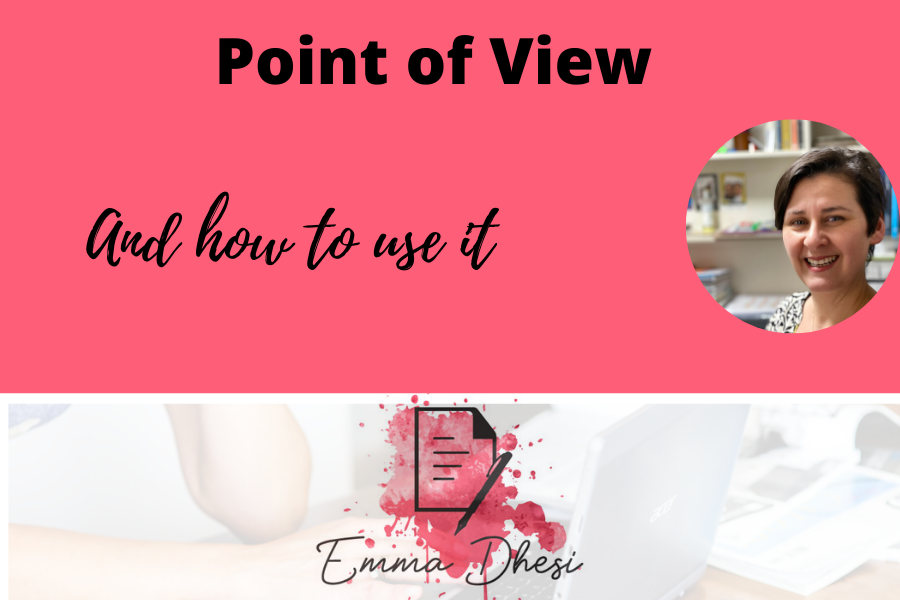
From time to time, I link to products or services I love using with affiliate links. This means that I may receive a small percentage or fee for referring you to any product you may purchase from one of those sites. It does not cost you anything. These small fees help sustain my small business. I truly appreciate your support.
First Person
Advantages
Seb Reilly from Thanet Writers points out that 1st person brings intimacy by relating exactly how your character is feeling in any given moment.
By doing this, the reader can empathise more fully with the character. You’re offering up the motivation and reasons a character behaves the way they do, which might otherwise only be implied.
Additionally, exposition can be crafted into the character’s musing and thought process.
You have the option of the character being unreliable, which can be hugely beneficial depending on the story you’re telling.
1st person POV has the advantage of being able to use dramatic irony. Dramatic irony is when the reader can see something that character can’t. Caitlin Berve gives a good example: ‘the reader thinks “No don’t open that door!” because they know what is behind the door while the character does not.’
If you want to use an unreliable narrator, 1st POV is the way to do. The narrator can choose either to lie about what’s going on, or simply not see it.
It’s worth remembering that your 1st person narrator doesn’t need to be the protagonist. Probably the most famous example of this is Scott Fitzgerald’s The Great Gatsby. Nick Carraway is the narrator, but Jay Gatsby is the protagonist.
Disadvantages
The flip side to all these is, of course, that 1st person is limiting in that the reader can see the story from only one perspective and may miss out on interweaving action happening around the main action.
Reilly cautions that as the author, you need to be careful your protagonist doesn’t give away too much about the story, because of course they don’t know what is going on elsewhere. They can have suspicions and hint at things, but they don’t know what’s happening off stage.
Be careful to get the balance right between your 1st person narrator getting too indulgent with their own emotions and simply observing the action. Your narrator is observing, but they are also an active agent in the scene. A tricky balance!
Second Person
Advantages
2nd person narrators talk directly to the reader, thus placing them in the action.
You are telling the reader how to feel and react at each moment. You are overtly allowing the reader to know the character’s motivations and reasons for behaviour. It’s a lovely way to have interaction directly with the reader.
Disadvantages
It’s difficult to do well. It’s a fine line between imparting too much character onto the readers, so they start to kick against what they’re being asked to feel, and too little so that they feel like an unimportant bystander.
There is no room for the unreliable narrator with this POV.
It should also be noted that is a particularly difficult Point of View to write from and you should do it only if you’re feeling confident!
Third Person Closed/Limited
Advantages
3rd Person Closed/Limited allows the reader to have a broader view of what’s going on in the story. But because the story is told from only one person at a time, it means your reader can get to know your character quite intimately.
With the 3rd person you have room for tension and suspense because the reader doesn’t know who is going to make it to the end of the story, and who is not!
Disadvantages
You keep the reader more at arm’s length. They can’t get quite as up close and personal as they might do with 1st or 2nd Point of View.
You have less opportunity to use dramatic irony or an unreliable narrator.
Third Person Omniscient
Advantages
Seb Reilly writes that, ‘Third-person allows you to float between multiple characters’. This is a great way to describe it.
Much like 3rd person closed/limited, 3rd person omniscient allows your reader more depth into your story and you can show them what the characters are feeling, even when the characters themselves don’t know.
Disadvantages
Again, though, you lose the intimacy between your character and your reader. You can’t use dramatic irony or an unreliable narrator because, through the narrator, the reader is all seeing.
A couple of things to be aware of when using the POV is that the more characters there are, the harder it is for you to establish an emotional connection between them and the reader.
You need also to be careful you don’t head hop. This needs to be managed carefully, and you must make decisions about who speaks and when.
Using Multiple POVs
Advantages
Aimie K Runyan highlights that using multiple Points of View allows you to show the world you’ve created from more than one set of eyes. It gives a 3D dimension to your story.
It adds complexity to the writing. It can allow for indirect conflict, unique interpretations of a situation or person within the story. Critically it can keep your storytelling fresh and innovative for the reader.
Disadvantages
Aimie goes on to point out that it’s essential you make each POV distinguishable from the one next to it, which isn’t always easy to do.
It can take longer to establish an emotional connection between the reader and each of the characters, depending on how many points of
view you’re using.
Again, you must be careful not to head hop. Your story must still have structure, and you must make decisions about who speaks when.
Pacing can be a challenge when you’re telling a story from many POVs. Again, you must make a decision about who is telling which part of the story and when.
Caitlin Berve says that using multiple POV allows your reader to gain a better sense of the relationship between your characters and the world you’ve created. The reader knows things your character doesn’t.
If the story is an epic one, multiple POVs can be great for imparting all the different plot points and necessary information to the reader.
A popular example would be George R R Martin’s Game of Thrones books. There’s so much information and so many plot lines that it would be impossible to tell each one from a single POV.
What if you choose the wrong POV?
Ginny Weihardt says that if your story keeps hitting a wall, consider switching the point of view. Beginning writers may groan at the idea of rewriting an entire story, but that’s how many professional writers first learned which point of view works best for them.
I’ve certainly had to do this in my writing career. It is a bit of a chore, but it’s well worth doing to ensure you get the correct narrator for your story.
If this article was useful, you’ll love:
If you’ve been working on your novel for years (perhaps even decades) the maybe it's time to consider working with a coach.
If you have multiple versions of your novel and you don’t know which works best, are scared nobody will like your book and don't feel like a 'real' writer, then my guess is coaching is the right next step for you.
Find out more and sign up for your free Clarity Call here: https://emmadhesi.com/personal-coaching/
Shortcuts for Writers
Do you feel as if you don’t have the time or the money to invest in editing your novel? I know an online course that can help you to transform your manuscript WITHOUT breaking the bank. It’s called Book Editing Blueprint: A Step-By-Step Plan To Making Your Novels Publishable, and it was created by Stacy Juba of Shortcuts for Writers.
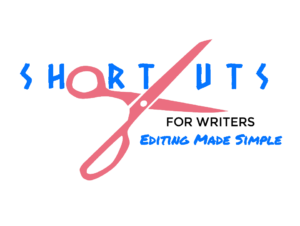
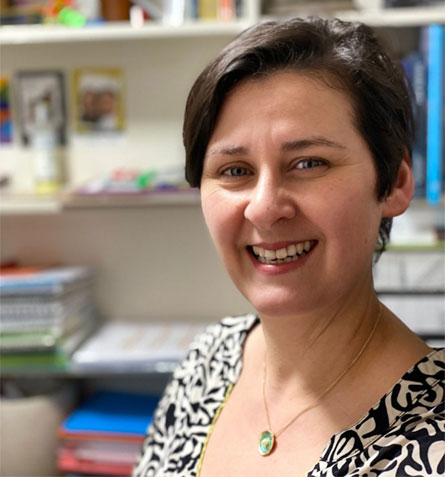
Emma Dhesi writes women’s fiction. She began writing seriously while a stay at home mum with 3 pre-school children.
By changing her mindset, being consistent and developing confidence, Emma has gone from having a collection of handwritten notes to a fully written, edited and published novel.
Having experienced first-hand how writing changes lives, Emma now helps beginner writers find the time and confidence to write their first novel.


